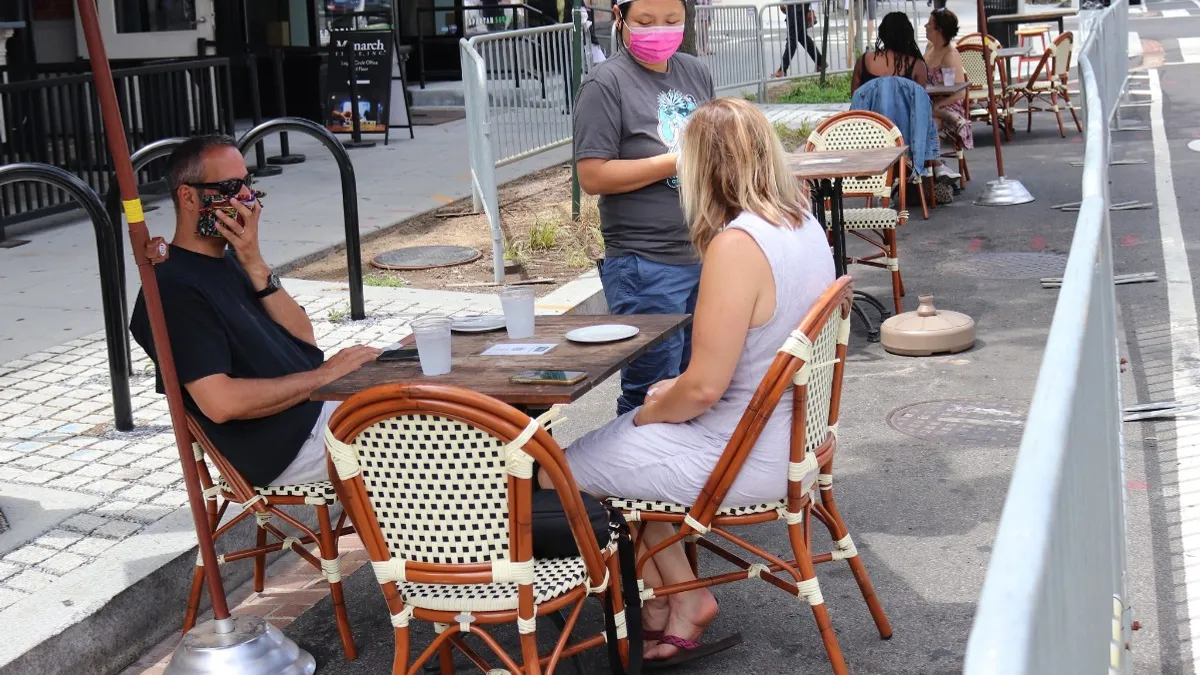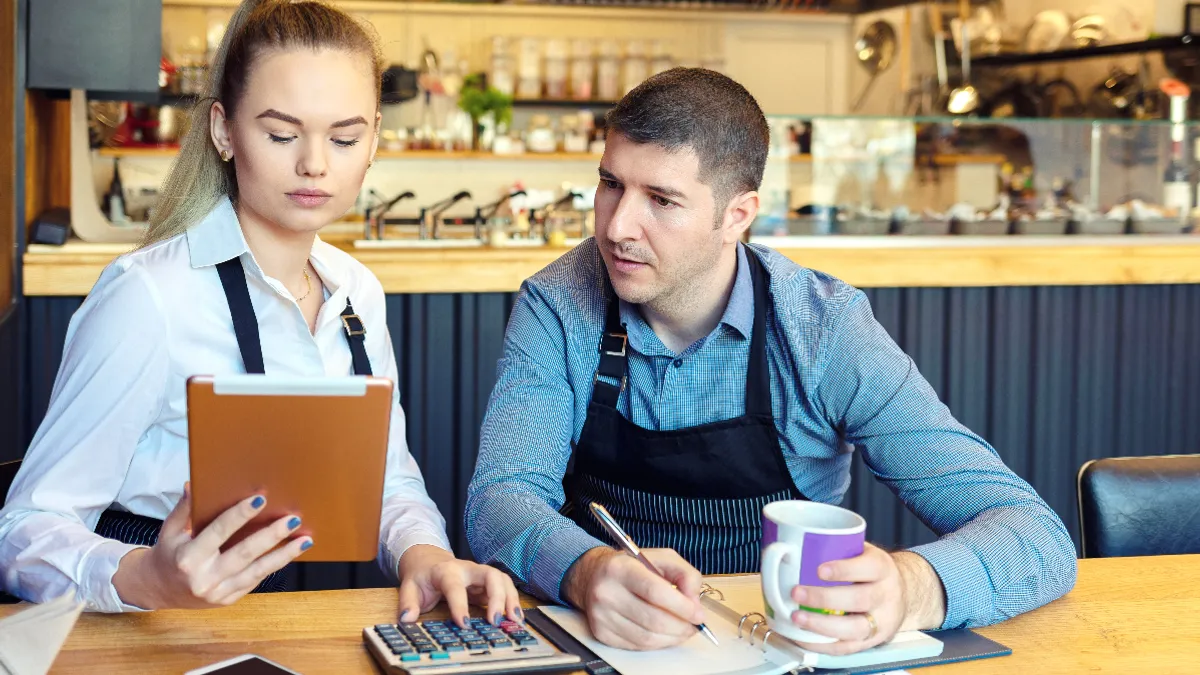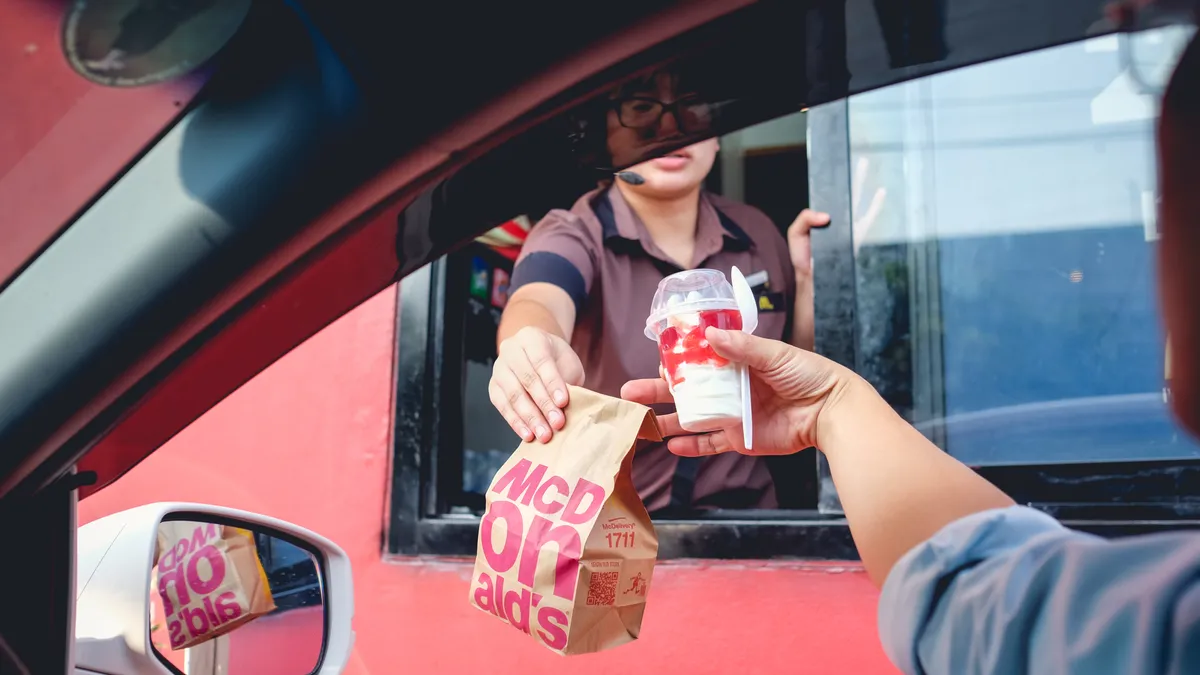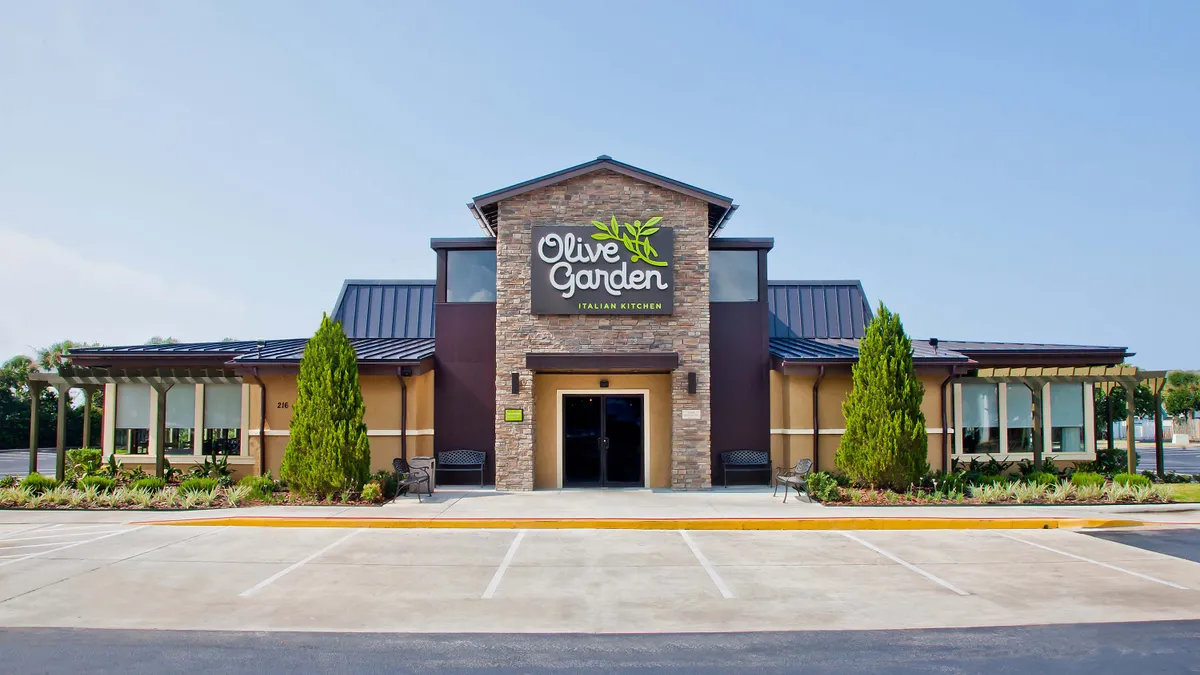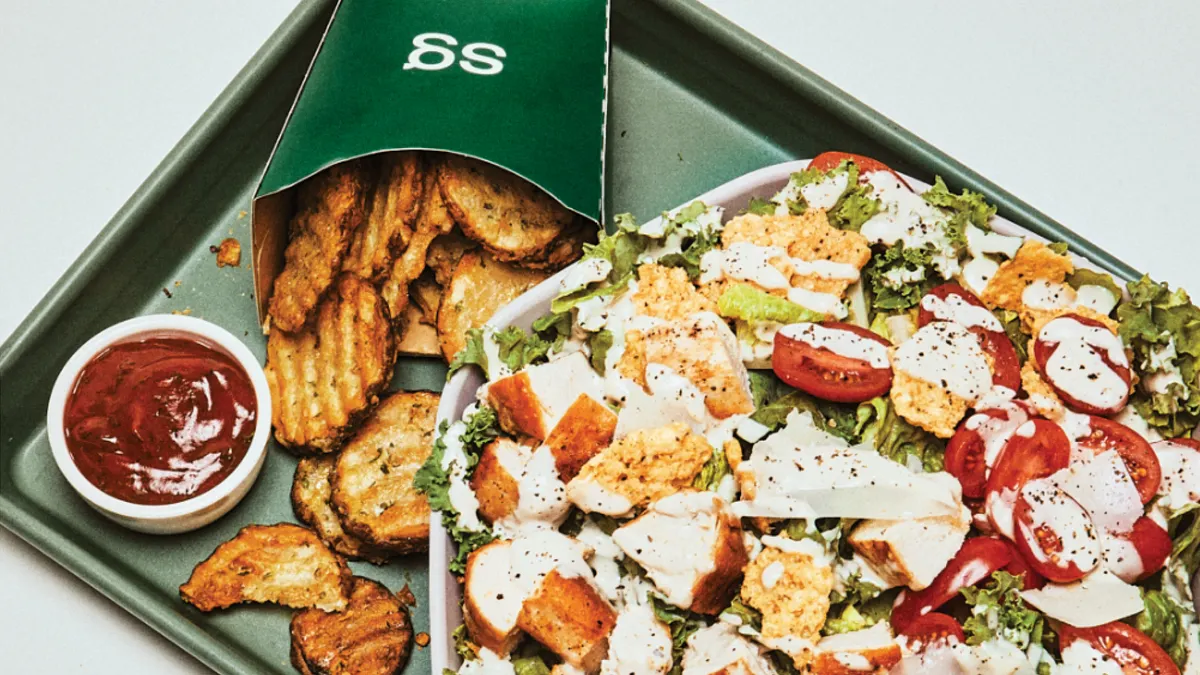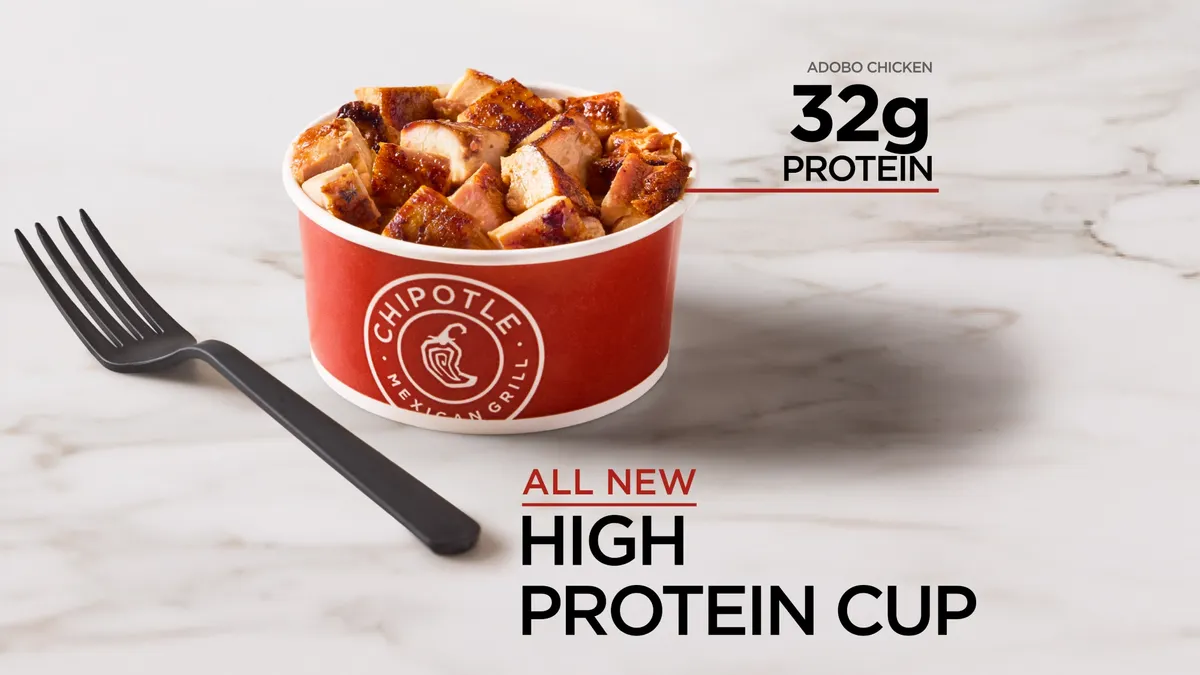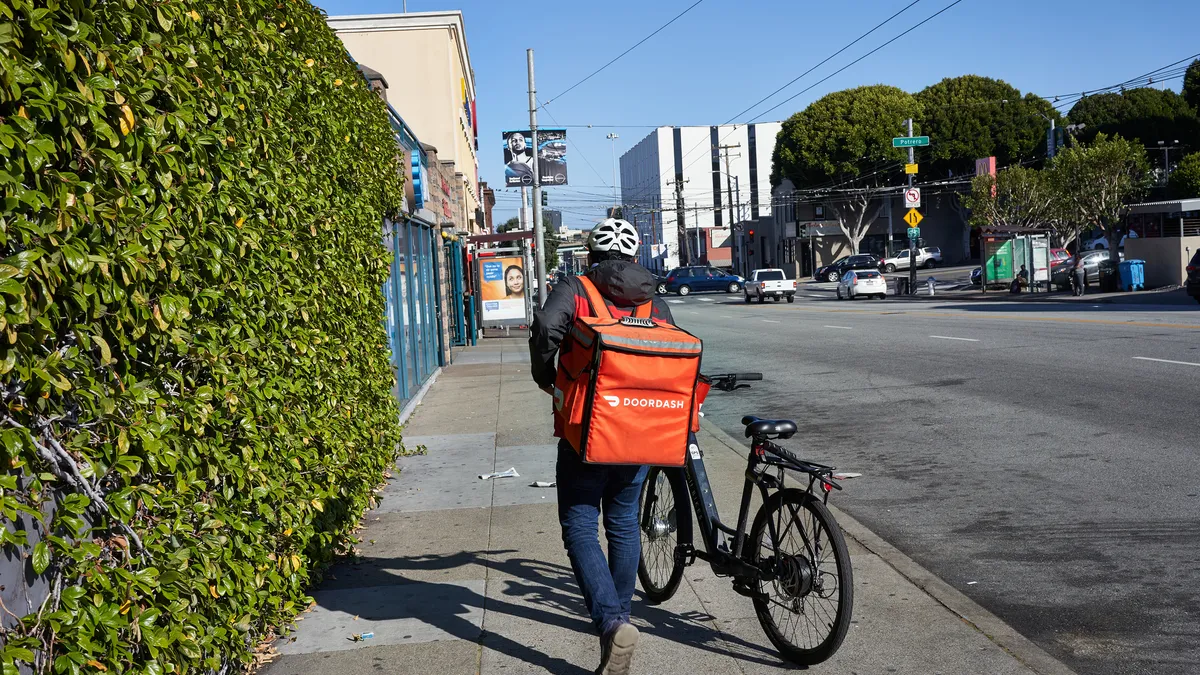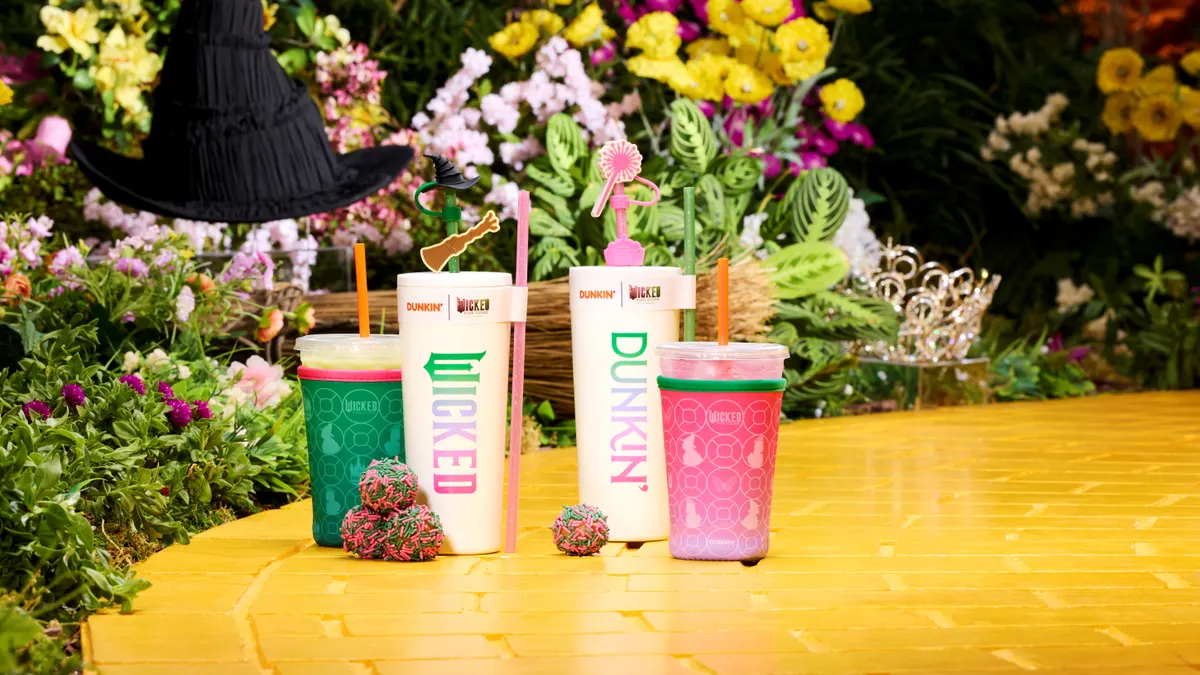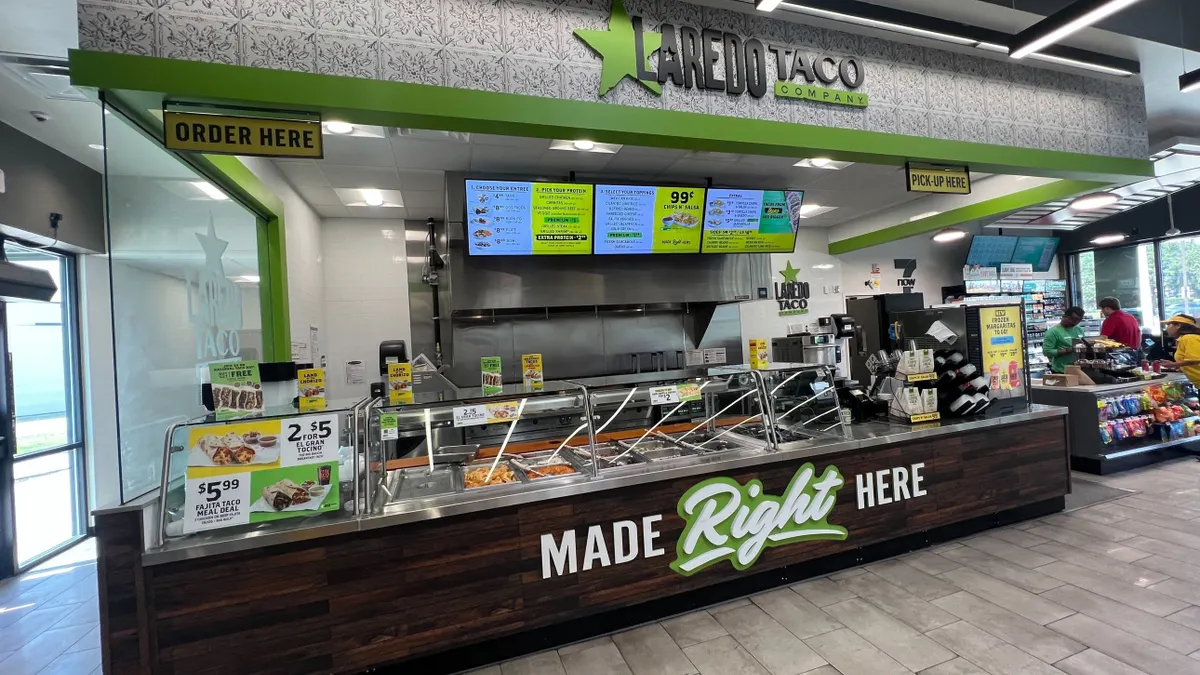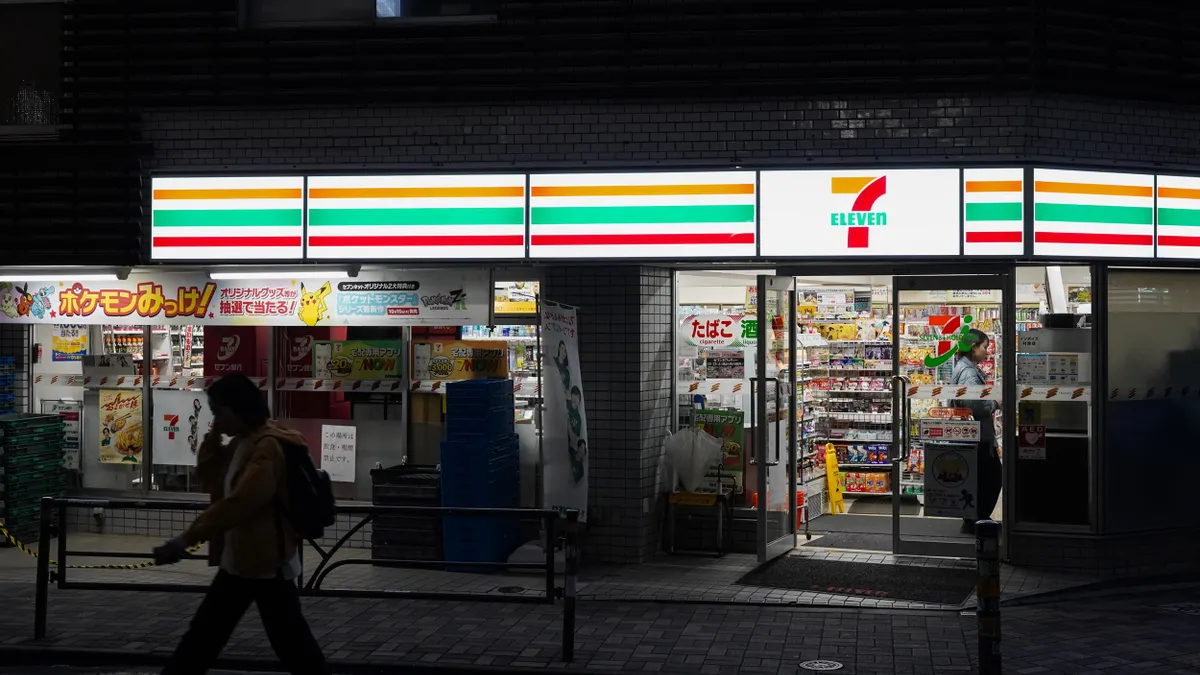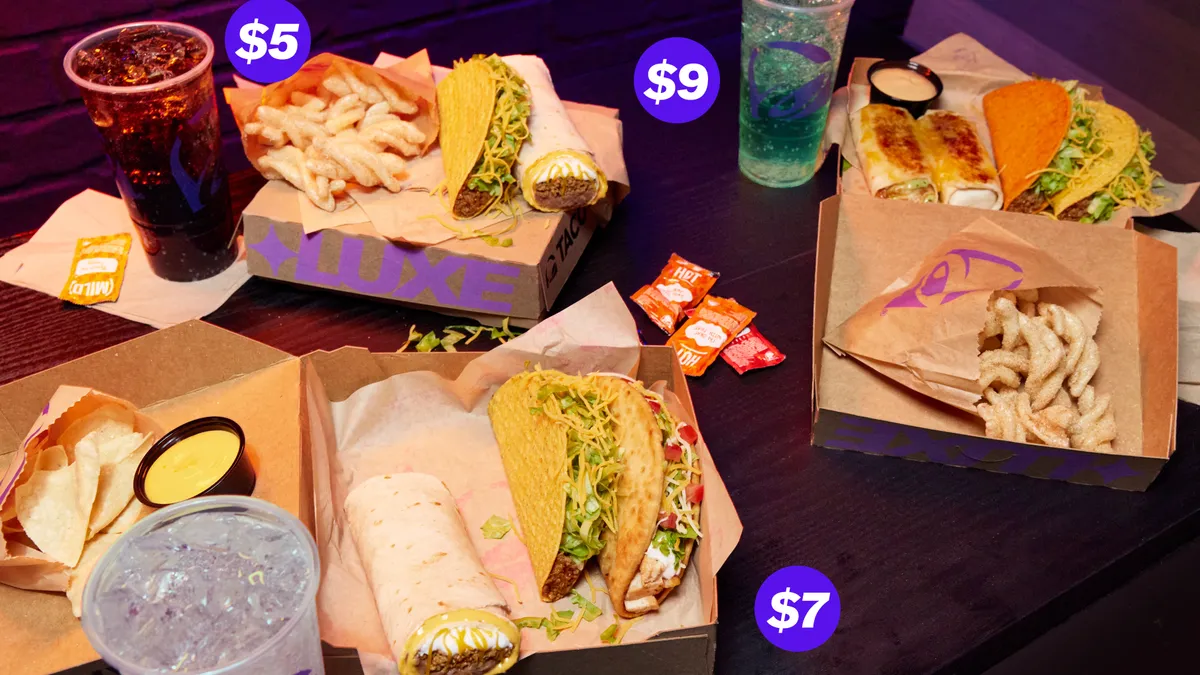Chelsea van Hooven is global industry advisor at Choco.
Restaurants are the beating heart of cities — they allow people to come together, celebrate romance, graduations, family gatherings and more. They represent our communities and diversity and are usually a place to dive into new cultures and experiences. The COVID-19 crisis is posing an existential challenge to the restaurant and hospitality industry, forcing those who want to survive to be hyper adaptable and become more creative in their already difficult business model.
The European reopening experience and the continued rise of COVID-19 cases in the U.S. show that rather than thinking about temporary measures, restaurants and governments need to formulate a strategy based on the new normal; new consumer preferences, new traffic patterns and new revenue channels. It's useful to look at how our European counterparts are surviving, and even thriving, in the changing landscape.
Tourism and office lunches are out, community is in
Restaurants in major metropolitan areas typically rely on hungry swaths of tourists, keen to experience new cultures and have an authentic experience and the office lunch crowd to make their business model work. These days, major cities through the U.S. and Europe are looking much emptier than usual due to travel restrictions on foreign tourists. To top this off, workplace foot traffic is down 20% to 35% across France, Germany and Spain compared with February, according to Google mobility data. Paying the bills at 50% capacity due to social distancing restrictions is made even more difficult when your loyal regulars now working from home don't frequent your establishment as often.
Not being able to rely on tourists means many restaurants are re-engineering their menus to cater to local tastes. This is clearest in Berlin, where many restaurants are catering to a large local vegan demographic, with new vegan menu items and deals plastered on sandwich boards throughout the city in an attempt to attract this often younger and thriftier group.
This, combined with the lack of office traffic means engaging the local community as much as possible. A night in a fantastic restaurant is no less exciting than a great concert, and some of our correspondents are even offering merchandise for sale to boost revenues and gain support from the community. This can be their most famous sauce, or an infused olive oil — one U.S. restaurant even captured $14,000 in revenue from T-shirt sales.
Tackling the rent problem
With outdoor dining and delivery as the only sources of income, a recent report by the NYC Hospitality Alliance showed that 83% of respondents did not manage to pay their full July rent. At least the moratorium on commercial evictions in New York City has been temporarily extended to Oct. 1, giving restaurants some more runway to plan what they can do. In Europe, the government had a far more aggressive role in supporting local restaurants. In Germany, restaurants, bars and clubs can receive up to $169,000 over a three-month period to help them cover fixed costs, even after restrictions have been lifted. In total, the German hospitality industry will be one part of the ‘sectors under pressure’ list to have received $29 billion in relief this summer. The Independent Restaurant Coalition has been pushing for a similar $120 billion relief fund for independent restaurants in the U.S. With the restaurant industry making up 15.6 million jobs in the U.S., the lesson here from Europe is that more must be done by public officials and the government to support this industry that is most affected by the pandemic.
To get customers out of their home kitchen, bring value
As outdoor dining proliferate in New York due to easing of sidewalk regulations, cities are looking more European in their pedestrian access. Tables and chairs dot sidewalks, pedestrians can take in a casual evening dinner scene at sunset with wafting smells and delicious dishes on display at sidewalk tables. This experience is bringing character to the city. Yet, the European experience shows that the return to full capacity is a slow process because of safety concerns, unemployment and lower disposable incomes.
With many usual customers working and cooking from home, restaurants need to bring value to win them back — it is important to acknowledge that customers are also in a hard spot. When Denmark-based Noma, widely considered one of the best restaurants in the world started making affordable burger options and a come-as-you-are wine bar with picnic tables, hundreds of customers showed up reveling the wins in riding the trend of wallet-friendly meals, with good specials, hearty menu options and creative loyalty programs.
We hear a similar story from a lot of high-end sushi places across the U.S. In such a restaurant, a large part of the markup is the experience, but n/naka, a two-Michelin starred omakase restaurant in Los Angeles, now sells $38 bento boxes, and Kin Khao, a one-Michelin starred restaurant in San Francisco is opening up a fast casual to-go branch in the Dogpatch neighborhood of San Francisco.
Safe is the new normal
The slow return to restaurants in Europe has shown that many consumers are wary and still choosing to remain at home during the pandemic when possible, and not without reason. An early case in Germany in May showed that an outbreak can easily happen if the rules are not observed; a restaurant allowing customers in a private booking to shake hands and not observe distancing regulations led to a minor outbreak, forcing the entire party to quarantine after the event. It is important for restaurants to use social media and signposting in their establishments to enforce safety regulations, but also to make potential customers feel at ease and safe to return to dining out. This is backed by recent OpenTable data which showed that 77% of U.K. survey respondents reported that they considered precautionary measures being taken by a restaurant before visiting it.
Now's the chance to re-design your business
While adapting to the new normal, restaurant owners have a chance and an obligation to redesign business for the better, and to make sure there is something to fall back on if a crisis strikes again. It's clear that takeout and delivery are here to stay and grow, which means a chance to do more than just copy the existing dine-in menu of an establishment. Restaurants all over Europe have elevated take-out experiences with specialized menus, dishes designed to travel, personalized notes and elaborate DIY meal kits. It can be difficult to know what to aim for when designing a takeout menu. Restaurant tech provider Agnoris is helping restaurant owners make data-driven decisions optimized for profit, often with heavy price reductions or free options during the crisis, for example.
This acceptance of tech is sweeping over one of the most old-school industries in Europe, and in general restaurants are warming to how technology can make them lean and efficient. Contactless devices and menus are now essential in the hands of restaurant staff in cash-loving Berlin. With 78% of all transactions in Europe now contactless, this is something customers expect, too. There are many options to use technology from the classic POS to waste tracking and streamlining back-of house-ordering between a restaurant and its suppliers, with many at a low cost or free.
More than anything, the crisis has shown how much room for improvement and optimization there is in the restaurant business model. Of course, there is always something to be done day-to-day — a broken appliance, a missing staff member or a wrong delivery — but taking the time out to streamline operations, build a brand and find creative ways to be excellent in every new segment, whether it's takeout and delivery, merchandise, dine-in specials that cater to the local community will pay off and build a business that can weather the future.


